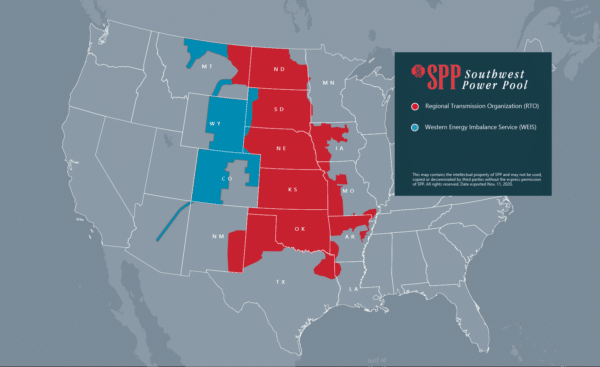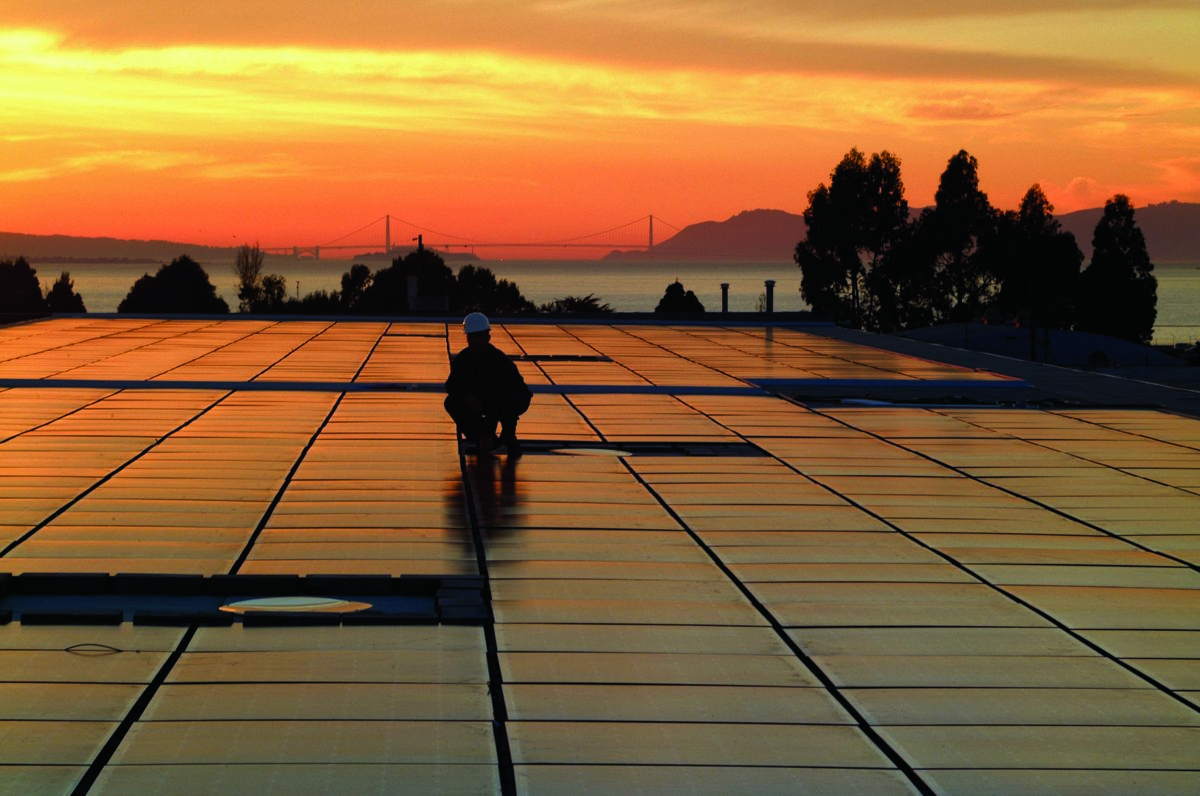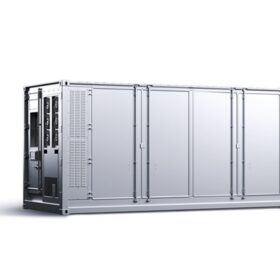The United States will likely “take years” to return to 2019 levels of energy consumption and carbon dioxide emissions following the impact of Covid-19 on the U.S. economy and global energy sector. That’s according to projections in the U.S. Energy Information Administration’s Annual Energy Outlook 2021, released February 3.
EIA projects that electricity demand will largely return to 2019 levels by 2025. Renewable electric generating technologies are projected to account for almost 60% of capacity additions over the next 30 years. EIA projects that renewables’ share of the electricity generation mix will more than double by 2050. The natural gas share will remain relatively flat at 36%, and the coal and nuclear shares will both fall by about half.
EIA projects that total U.S. energy consumption, which includes transportation, will return to 2019 levels by 2029. It said that projection is “highly dependent” on the pace of U.S. economic recovery. In a case that models low economic growth, energy consumption does not return to 2019 levels until 2050. EIA also projects that U.S. energy-related CO2 emissions will fall through 2035 and then increase.
TVA approves solar fees
TVA has approved a new rate structure which allows the 153 local power companies that buy power from the federal agency to charge new fees to solar customers, according to the Energy and Policy Institute. The group said that TVA authorized local power companies to charge fees to existing customers with solar, effectively penalizing them for investments, unless prohibited by an existing contract.
At least two local power companies, Southwest Tennessee Electric Membership Cooperative and West Kentucky Rural Electric Cooperative Corp. have considered charging distributed energy customers the new fees. The Southwest Tennessee power company was considering charging distributed energy customers $25 per month, the Institute said.
The Institute reported that in documents submitted to the board of directors, TVA said that behind-the-meter generation was small in comparison to the utility’s system, but that the new rate could “lessen the potential decrease in TVA load that may occur through the adoption of behind the meter generation.”
Similar fees have been struck down by courts and regulators, the policy institute said. Kansas’ Evergy targeted solar customers in 2018 with a demand charge, which was later struck down by the Kansas Supreme Court. The Michigan Public Service Commission rejected DTE Energy’s proposed charge in 2018. And a Wisconsin judge overturned Wisconsin regulatory approval of a 2014 charge sought by We Energies.
SPP launches imbalance market
Southwest Power Pool (SPP) launched its Western Energy Imbalance Services (WEIS) market. The real-time balancing market is expected to lower wholesale electricity costs, increase price transparency, and ease congestion on the transmission system for market participants.

Basin Electric Power Cooperative, Deseret Power Electric Cooperative, the Municipal Energy Agency of Nebraska, Tri-State Generation and Transmission Association, the Western Area Power Administration, and the Wyoming Municipal Power Agency all announced in 2019 their intent to join the WEIS.
WAPA Administrator and CEO Mark A. Gabriel said that advances in generation, energy demand, and transmission are “fundamentally changing and complicating” day-to-day grid operations “beyond what the current system” was designed to handle. “We have said for years that markets are coming to the West.”
As the WEIS market’s administrator, SPP will support the reliability of the region’s transmission system and meet demand with the most cost-effective generation available, reducing wholesale electricity costs for participants. The WEIS will provide price transparency of wholesale energy, allow parties to trade bilaterally, and hedge against costly transmission congestion.
SPP currently holds the record for the highest one-hour and point-in-time wind penetration recorded by the Energy Information Administration. It set a SPP wind peak record of 19,848 MW on Jan. 14 and was the first U.S. regional transmission organization to see wind as its main fuel source in 2020.
J.D. Power rates home EV charging
Overall home charging satisfaction is highest among EV owners who install a Level 2 permanently mounted charging station, with a score of 749 (on a 1,000-point scale), according to the inaugural J.D. Power U.S. Electric Vehicle Experience (EVX) Home Charging Study.
The study measured EV owners’ satisfaction within three charging segments: Level 1 portable; Level 2 portable; and Level 2 permanently mounted charging stations. Satisfaction was measured across eight factors: fairness of retail price; cord length; size of charger; ease of winding/storing cable; cost of charging; charging speed; ease of use; and reliability.
Satisfaction was reported highest among owners who use a permanent Level 2 charger (749) than among owners who use a portable Level 2 charger (741). Satisfaction was lower among owners who use a much slower Level 1 charger, just 574.
This content is protected by copyright and may not be reused. If you want to cooperate with us and would like to reuse some of our content, please contact: editors@pv-magazine.com.








By submitting this form you agree to pv magazine using your data for the purposes of publishing your comment.
Your personal data will only be disclosed or otherwise transmitted to third parties for the purposes of spam filtering or if this is necessary for technical maintenance of the website. Any other transfer to third parties will not take place unless this is justified on the basis of applicable data protection regulations or if pv magazine is legally obliged to do so.
You may revoke this consent at any time with effect for the future, in which case your personal data will be deleted immediately. Otherwise, your data will be deleted if pv magazine has processed your request or the purpose of data storage is fulfilled.
Further information on data privacy can be found in our Data Protection Policy.